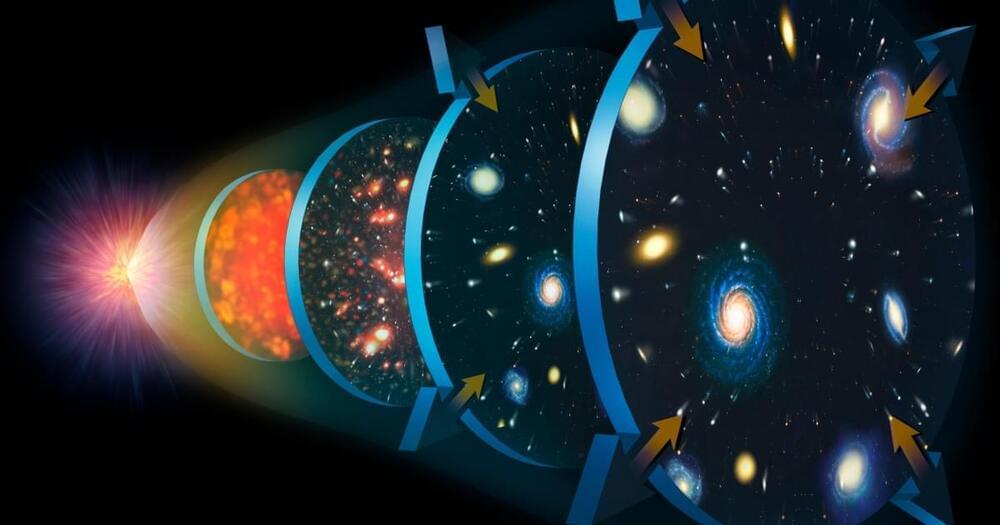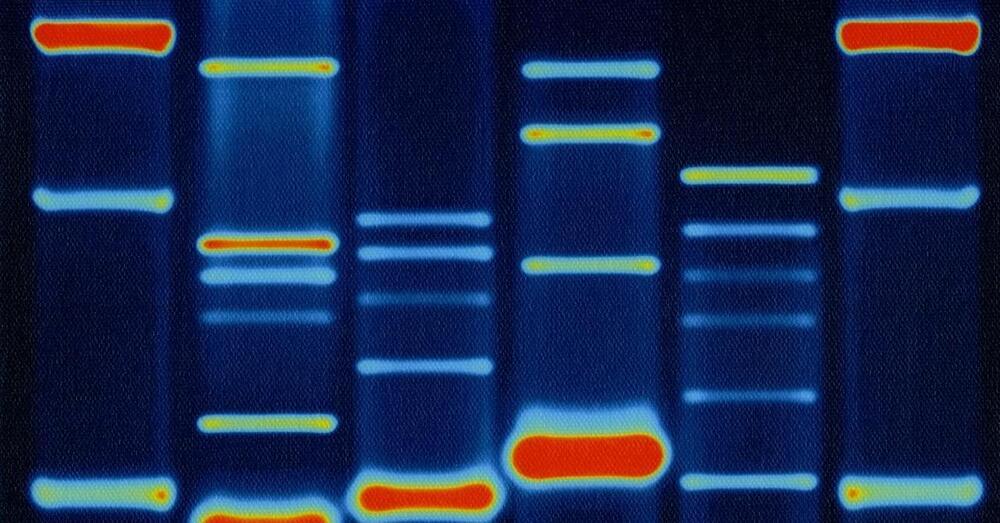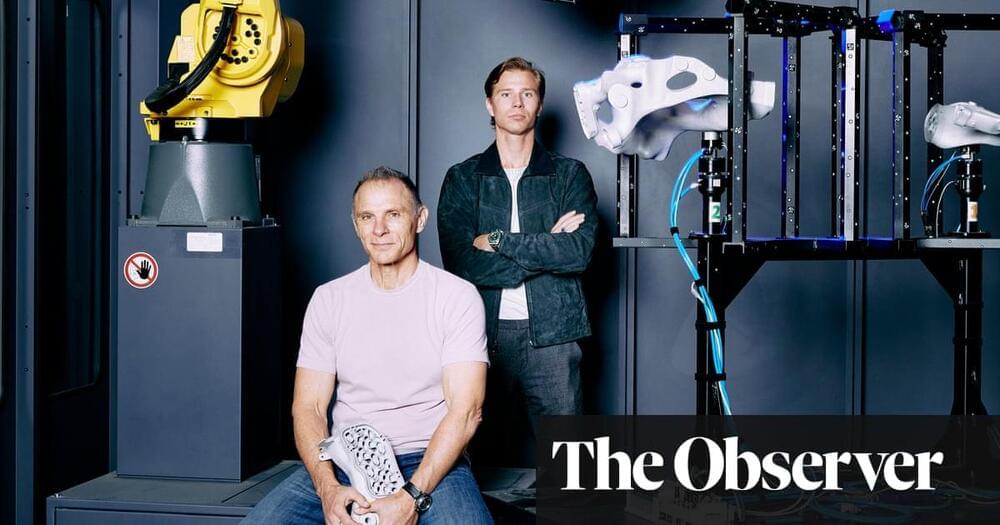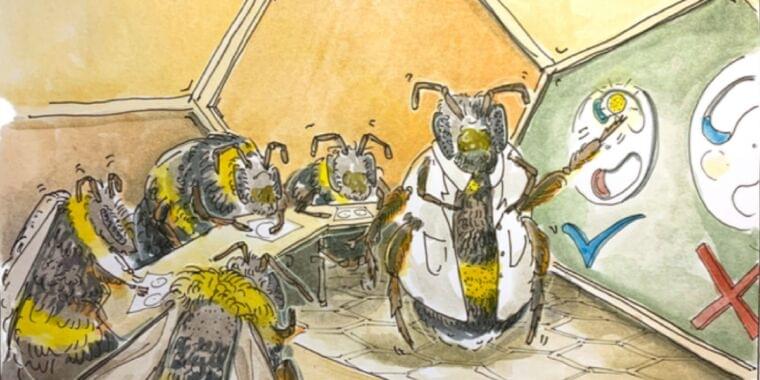The chief trick to making good mistakes is not to hide them — especially not from yourself.


Plants emit weak electric signals. Researchers have developed a device to read and send signals back — a type of “plant communication.”

In recent years, a group of Hungarian researchers have made headlines with a bold claim. They say they’ve discovered a new particle — dubbed X17 — that requires the existence of a fifth force of nature.
The researchers weren’t looking for the new particle, though. Instead, it popped up as an anomaly in their detector back in 2015 while they were searching for signs of dark matter. The oddity didn’t draw much attention at first. But eventually, a group of prominent particle physicists working at the University of California, Irvine, took a closer look and suggested that the Hungarians had stumbled onto a new type of particle — one that implies an entirely new force of nature.
Then, in late 2019, the Hungarian find hit the mainstream — including a story featured prominently on CNN — when they released new results suggesting that their signal hadn’t gone away. The anomaly persisted even after they changed the parameters of their experiment. They’ve now seen it pop up in the same way hundreds of times.
The very word ‘quantum’ makes people’s imaginations run wild. But chances are you’ve fallen for at least one of these myths.

In this Big Think interview, theoretical physicist Sean Carroll discusses the concept of time and the mysteries surrounding its properties. He notes that while we use the word “time” frequently in everyday language, the real puzzles arise when we consider the properties of time, such as the past, present, and future, and the fact that we can affect the future but not the past.
Carroll also discusses the concept of entropy, which is a measure of how disorganized or random a system is, and the second law of thermodynamics, which states that there is a natural tendency for things in the Universe to go from a state of low entropy to high entropy — in other words, from less disorganized to more disorganized. He explains that the arrow of time, or the perceived difference between the past and the future, arises due to the influence of the Big Bang and the fact that the Universe began in a state of low entropy.
Join us on Patreon! https://www.patreon.com/MichaelLustgartenPhD
Discount Links:
NAD+ Quantification: https://www.jinfiniti.com/intracellular-nad-test/
Use Code: ConquerAging At Checkout.
Green Tea: https://www.ochaandco.com/?ref=conqueraging.
Oral Microbiome: https://www.bristlehealth.com/?ref=michaellustgarten.
Epigenetic Testing: https://bit.ly/3Rken0n.
Use Code: CONQUERAGING!
At-Home Blood Testing: https://getquantify.io/mlustgarten.



We had a wonderful group of international and interdisciplinary speakers at Saint Mary’s University on March 31 to April 1, 2017. They all took time out from their very busy schedules to come to Halifax to discuss robots and artificial intelligence at the Cyborg Futures Workshop. Academics from literary theory, digital culture, anthropology, sociology, environmental studies, robotics, and evolutionary biology, along with students and the public, convened for a lively discussion about technologies that are impacting us all.
This workshop is part of a larger SSHRC-funded project–Where Science Meets Fiction: Social Robots and the Ethical Imagination–that is about shifting the conversation about robots and AI, which has been animated by fiction but dominated in the real world by the military and industry. Opening the discussion up to wider social and cultural contexts–from the impact of technology on human relations; to non-human animals, the environment and trash; to racism, imperialism and misogyny; to automation, labour and capitalism; to killer robots and the military; to the problematic collapse of science and fiction—this workshop considered both the infrastructure currently being laid that is forcing us down a troubling path and imaginative alternatives to it. What follows cannot possibly do justice to the richness and complexity of the talks, so please click on the hyperlinks to listen to them.

Social insects like bees demonstrate a remarkable range of behaviors, from working together to build structurally complex nests (complete with built-in climate control) to the pragmatic division of labor within their communities. Biologists have traditionally viewed these behaviors as pre-programmed responses that evolved over generations in response to external factors. But two papers last week reported results indicating that social learning might also play a role.
The first, published in the journal PLoS Biology, demonstrated that bumblebees could learn to solve simple puzzles by watching more experienced peers. The second, published in the journal Science, reported evidence for similar social learning in how honeybees learn to perform their trademark “waggle dance” to tell other bees in their colony where to find food or other resources. Taken together, both studies add to a growing body of evidence of a kind of “culture” among social insects like bees.
“Culture can be broadly defined as behaviors that are acquired through social learning and are maintained in a population over time, and essentially serves as a ‘second form of inheritance,’ but most studies have been conducted on species with relatively large brains: primates, cetaceans, and passerine birds,” said co-author Alice Bridges, a graduate student at Queen Mary University of London who works in the lab of co-author Lars Chittka. “I wanted to study bumblebees in particular because they are perfect models for social learning experiments. They have previously been shown to be able to learn really complex, novel, non-natural behaviors such as string-pulling both individually and socially.”